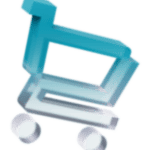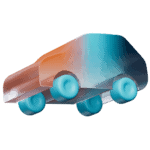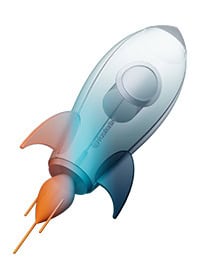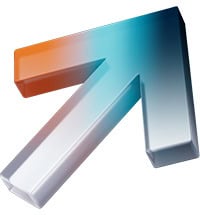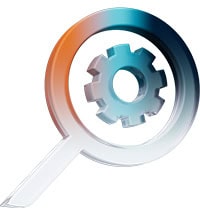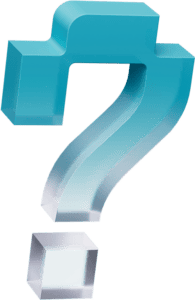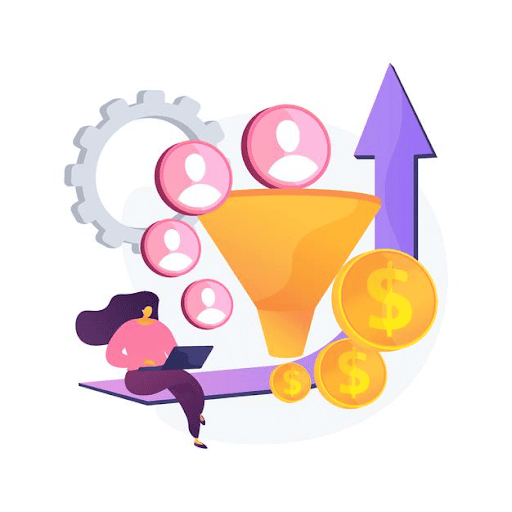Site speed test: why monitor a site’s web performance?
Loading speed is the #1 UX requirement for your website visitors, and to meet this requirement, you need to optimize your frontend. It means that you must make your pages light and fast, optimize your code (HTML, JS, CSS …), your images, your resources …
Google, which takes loading times into account in its algorithm with the Core Web Vitals metrics, also wants your pages to load fast.
In short, everyone wants a fast site!
But beyond fluidity and comfort, do you have any idea of the impact of loading time on your business, your conversion rates, your SEO … in short, on your KPIs?
If you need to understand the impact of speed on your business results, to convince your boss or your teams, here are some key figures to know.
Loading speed and conversion rates
The perks of fast web pages
- -0.1 seconds of loading time can result in + 8% conversions. (Google data)
- 77% of smartphone users are more likely to make a purchase from a business if their site or mobile app allows them to make that purchase quickly. (Google data)
- King Jouet boosted its conversions rates by 5% in 1 month thanks to the optimization of the loading time of its website. (source in French)
- 0.1 second of loading time represents:
- 8.4% conversions and + 9.2% on the average shopping basket in the retail market;
- +10.1% conversions and +1.9% on the average basket in the travel market;
- +8.6% of page views per session in the luxury sector;
- -8.3% bounce rate on forms in general in the retail market.
- Carré Blanc increased its conversions rates by 25% by improving the loading speed of its web pages.
- Ebay has seen +0.5% additions to the shopping cart for every 100ms improvement in search page loading time.
- SnipesUSA.com decreased its load times by 30%, and its average conversion rate doubled from about 1% to about 2%.
- AliExpress reduced loading time by 36% and saw a 10.5% increase in orders and a 27% increase in conversions for new customers.
- Bridesmaid dress specialist Revelry has optimized the images on its ecommerce site. As a result, web pages load 43% faster, bounce rates have decreased by 8% and conversion has increased by 30%.
- Phildar reduces its bounce rates by 10% thanks to faster web pages. (source in French)
- Radins.com improved its Speed Index by 51% on desktop and saw conversions increase by 12%, as well as a 25% decrease in bounce rate.
- Speed up pages have allowed the travel specialist Villages Clubs du Soleil to lower its bounce rates by 20%. (source in French)
- Zalando increased its revenue by 0.7% per session by reducing the loading time of its web pages by 100 ms.
- Tokopedia has reduced its loading time from 14 seconds to 2 seconds for mobiles with 3G connection: +19% of visitors, +35% of sessions, +7% of new users, +7% of active users and +16% of sessions per user.
- Rossignol has divided its loading times by 10 in less than 6 months, thus favoring its conversion rates which have increased by 94%.
- Fast web pages allowed the retail brand Petit Bateau to get +10% conversions.
- For one of our clients, after JS optimization, the performance and user experience on Android mobiles was so much improved that revenue more than doubled in 1 year, to exceed revenue generated on iOS (2018 vs. 2019 Sales comparison).
- Pinterest has observed 15% more registrations on its platform thanks to its improved loading speed.
- For Pfizer laboratories, +38% speed implied -20% bounce rate.
- Tui.se sped up its website pages by 78%, which allowed it to reduce its bounce rates by 31%.
- Vodafone saw its sales take off by 8% with a Largest Contentful Paint (LCP) improved by 31%.
- Vape Club has improved its speed: +3.18% conversions on mobile and 8.63% on desktop (and +49% visibility for mobile and +56% for desktop on search engines).
- Thanks to its -1 second loading speed optimization, Walmart.com has seen a 2% increase in conversion rates. The retailer further reports that “every 100 milliseconds improvement results in up to a 1% increase in revenue.”
- NDTV, one of India’s leading news channels and websites, improved LCP by 55% and recorded a 50% reduction in bounce rate.
- How Swappie increased mobile revenue by 42% by focusing on Core Web Vitals.
- Improving Core Web Vitals on the Mail.ru home page resulted in an average 10% increase in conversion rates.
- The cosmetic brand MyKitsch.com boasts an 8.15% conversion rate on Black Friday (+2 points compared to the usual average), which the brand attributes to having its site optimized to load in less than 1 second.
- QuintoAndar, a Brazilian proptech company that carried out a project focused on improving web performance, observed 46% reduction in bounce rate, 87% increase in pages per session, and 5% improvement in conversion during validation phase.
- At Farfetch, the conversion rate increased 2.8% for each second reduction on TTI, making a strong case for better code efficiency and unclogging the browser’s main thread.
- E-commerce sites that load in 1 second have conversion rates of 3,05% (and 39% for lead generation). That number drops to 1,08% for sites that take 5 seconds to load (source Portent).
- Top 20 websites in the US have an average page load time of 1,08 seconds, and top 10 have an average page load time of 1,96 seconds (source: Pingdom).
- Rakuten 24 found that the optimized version of its web site generates +53.37% revenue per visitor, +33.13% conversion rate, +15.20% average order value, +9.99% average time spent on the site, -35.12% bounce rate.
The risks of a slow web site
- Amazon has calculated that a page load slowdown of just 1 second could cost them $1.6 billion in sales each year.
- 70% of visitors continue their journey on another platform, offline, or end up not buying anything if a web site is too slow. (source in French)
- 1 extra second of loading time can decrease conversions by 20% on mobile. (Google data)
- Friction during web browsing is one of the reasons cited by more than 19% to explain cart abandonment on mobile. (Source in French)
- 1 second more of loading time for a retail web site =
- -7% conversions
- -11% pageviews
- -16% client satisfaction
- -20% conversions
- 1 second more of loading time on mobile =
- +8,3% bounce rate
- -3,5% conversions
- -9,4% pageviews
- When the number of elements (titles, text, images…) on a page goes from 400 to 6000, the probability of conversion drops by 95%.
- In 2018, Amazon Prime took the brunt of a 63-minute outage during Prime day – estimated toll: $99M lost.
- In case of a negative user experience, 43% of visitors will go to a competitor’s site for the next purchase. (source in French)
- Loss of revenue for Ecommerce retail sites: the annual revenue generated in addition if pages were 25% faster would be (source in French):
- +4,7M€ for Furniture market
- +1,6M€ for High Tech market
- +1,5M€ for Fashion market
- +365K€ for Retail market
- +173K€ for Cosmetics market
- +120K€ for Childcare market
- +115K€ for Jewelry market
- +54K€ for Leasure market
- Hubspot reports that if a web page loads in 2.4 seconds, it has a 1.9% conversion rate. After 4.2 seconds, only 1% of site visitors convert; and if the load time approaches 6 seconds, the chances of converting almost disappear (0.6%).
- Trainline has observed that the conversion rate is 40% when the Time To First Byte (TTFB) is 200 milliseconds, and when it passes 2 seconds, conversions are divided by 2.
- 82% of consumers say slow page speeds impact their purchasing decisions (source: Unbounce):
- 45% are less likely to complete their purchases.
- 37% are less likely to return.
- 22% do nothing.
- 12% are likely to tell a friend
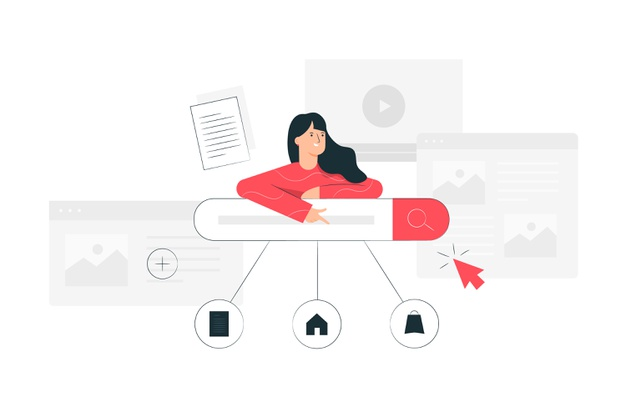
Loading speed and SEO / SEA
The perks of fast web pages
- With a 75% reduction in server response time, the number of Tui.fr pages considered fast by Botify has been multiplied by 2. (source in French)
- Rue Du Commerce reduced its loading times and observed an increase in the number of pages crawled by Google.
- Lever Interactive agency saw one of its clients increase its Quality Score leading to -17% CPC and -31% CPA. The conversion rate on faster landing pages also increased by 20%.
- Mobile publishers whose sites load in 5 seconds generate 2x more ad revenue than those whose pages load in 19 seconds. (source in French)
- Alltricks observed +25% SEO traffic by accelerating its web pages. (source in French)
- Pages that load in less than 1 second have a 2.5x higher conversion rate than pages that load in 5 seconds or more.
- The first result on the Google results page has a 30% faster loading time than the 50th.
- The loading speed favors a good Quality Score (10) which can lead to -50% on the price of the ads, while a bad Quality Score (1) can lead to an increase of 400% – a difference of x8 on the cost of the ads.
- SantéVet multiplies by 4 the number of pages considered as fast by the Google Search Console by optimizing the speed of its web pages.
- Netzwelt optimized its Core Web Vitals: advertising revenues increased by 18%, ad visibility increased by over 75%, bounce rates decreased by 50%, and page views increased by 27%
- Since the Page Experience update, based on the Visibility Index, pages that meet all of Google’s requirements are ranked 1 percentage point higher than the average. Slow domains rank on average 3.7 percentage points lower than fast domains.
- The average page speed of a first-page Google result is 1.65 seconds (source: Backlinko).
The risks of a slow web site
- Google slowed down the display of search results by 0.4 seconds and then lost 8 million searches per day (that’s millions less ads served).
- An additional 0.5 seconds in each search page generation would result in a 20% decrease in traffic.
Loading speed and user experience
The perks of fast web pages
- Consumers are 10% more likely to recommend an ecommerce web site when pages that take 13 to 10 seconds to load. They are 26% more likely to recommend a site if the loading time drops to 3 seconds.
- Websites with fast pages generate better engagement (more page views), and sites that load in 5 seconds have 70% longer average sessions than websites whose pages load in 19 seconds.
- Netflix has seen a 43% reduction in outbound traffic (source in French) by optimizing its resources with Gzip compression.
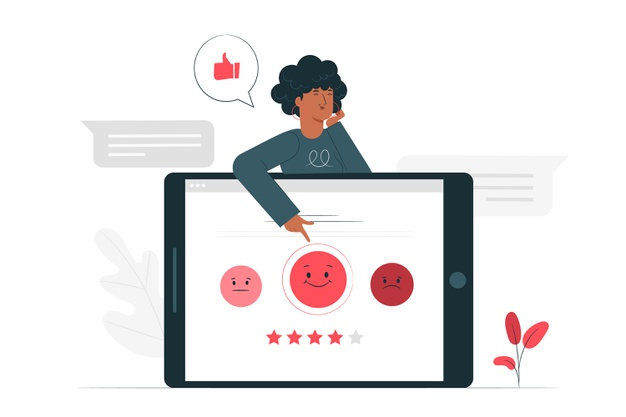
- Optimizing Cumulative Layout Shift (CLS) by 0.2 points resulted in a 15% increase in page views per session, 13% longer session times and a 1.72% decrease in bounce rate for Yahoo Japan News.
- Google noted that when Core Web Vitals are good, users are 24% less likely to abandon a page before it finishes loading.
- How Renault improved its bounce and conversion rates by measuring and optimizing the Largest Contentful Paint: a 1-second improvement in LCP can result in a 14 percentage point decrease in bounce rate and a 13% increase in conversions.
- The Economic Times passed Core Web Vitals thresholds and achieved an overall 43% better bounce rate.
- By improving its Core Web Vitals scores (by 70% for LCP and 72% for CLS), and global agriculture e-commerce ecosystem platform, Agrofy, reported improvements resulting in a 76% reduction in abandonment rate.
The risks of a slow web site
- 53% of mobile users leave a page if it takes more than 3 seconds to load. (Google data)
- 88% of visitors do not return to a web site that has provided a poor user experience.
- Slow web site generates attention loss and frustration :
100 to 1000 ms: perception that the page is “working”
> 1000 ms: attention loss
> 10000 ms: frustration and abandonment risk - A 500 ms connection delay results in a 26% increase in frustration and an 8% decrease in engagement.
- Slower web pages can cause a 38% increase in heart rate for mobile users, which is equivalent to the anxiety caused by watching a horror movie alone.
- 71% of Internet users have less confidence in a brand whose site is too slow. (source in French)
- 85% of Internet users expect their websites to load as fast or faster on mobile than on desktop. (source in French)
- The BBC found that each additional second of loading time = 10% of lost visitors. (source in French)
- Etsy added 160kB of images to its mobile pages and the bounce rate increased by 12%. (source in French)
- 46% of Internet users indicate that waiting for web pages to load is what they dislike most about the mobile browsing experience.
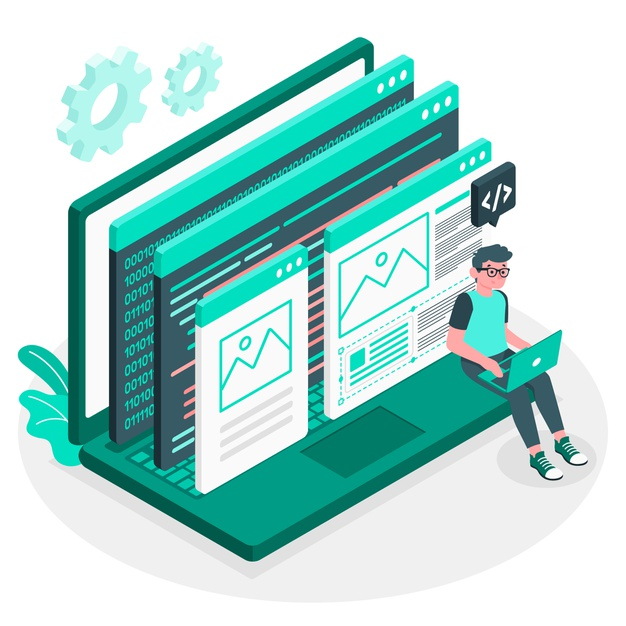
… and on a technical side
- Shopzilla cut its infrastructure costs in half by reducing the average page load time of its website by 5 seconds.
- Know that a high-performance website means less data transfer, less computing power on the server side and on the client side … and therefore less energy consumed by the server, in terms of transfer, and by the client (you can evaluate the carbon footprint of your web pages with this tool).
- According to a Google study, 40% of brands see their web performance regress six months after implementing optimizations by themselves.
There are literally “1000” reasons to have a fast web site, and notice that all the optimizations that allow web pages to load faster can be managed automatically to save your time, resources and improve their efficiency!
That’s Fasterize engine’s job, which also helps to ensure that optimizations are smartly articulated. Want to know more ?
